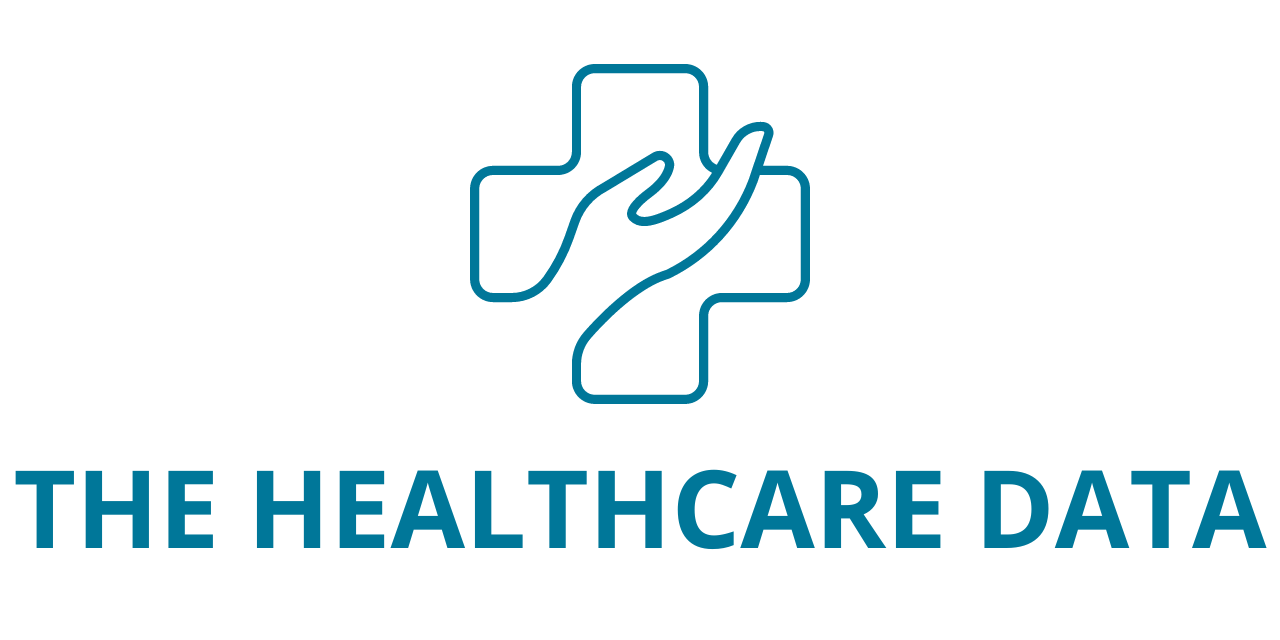Alnylam Pharmaceuticals, Inc. (Nasdaq: ALNY), a prominent RNAi therapeutics firm, has unveiled encouraging outcomes from the KARDIA-2 Phase 2 trial. This study assessed the effectiveness and safety of a single subcutaneous dose of zilebesiran alongside one of three standard antihypertensive medications: indapamide (a thiazide-like diuretic), amlodipine (a calcium channel blocker), or olmesartan (an angiotensin receptor blocker). Zilebesiran, an investigational RNAi therapeutic targeting liver-expressed angiotensinogen (AGT), is being developed for hypertension treatment with potential biannual dosing. The findings, disclosed as a late-breaking clinical trial at the 2024 American College of Cardiology (ACC) Annual Scientific Session, follow the Company’s earlier announcement of positive topline results from the KARDIA-2 study in March 2024.
The KARDIA-2 study has successfully met its primary endpoint, demonstrating significant reductions in 24-hour mean systolic blood pressure (SBP) when zilebesiran is added to thiazide-like diuretics, calcium channel blockers, or angiotensin receptor blockers, as measured by ambulatory blood pressure monitoring (ABPM) at Month 3. Additionally, clinically significant reductions in office SBP were observed across all three independent cohorts at Month 3, meeting the key secondary endpoint.
By Month 6, zilebesiran maintained clinically significant and sustained reductions in office SBP when added to indapamide, amlodipine, and olmesartan, despite the introduction of rescue antihypertensives at Month 3. Furthermore, zilebesiran demonstrated placebo-adjusted reductions in 24-hour mean SBP when added to indapamide and amlodipine, sustained up to Month 6. However, a non-statistically significant result was observed when zilebesiran was added to the maximum dose of olmesartan, as assessed by change from baseline in 24-hour mean SBP at Month 6.
Dr. Akshay Desai, Director of the Cardiomyopathy and Heart Failure Program at Brigham and Women’s Hospital, highlighted the challenges in managing hypertension and the potential of zilebesiran to address these limitations. He emphasized the need for further evidence to confirm its long-term efficacy and safety but expressed optimism about its potential to consistently reduce blood pressure with just two injections per year, which could significantly impact clinical practice.
KARDIA-2 Study Results
The KARDIA-2 study results are as follows:
| Key Endpoint | Indapamide (2.5 mg) | Amlodipine (5 mg) | Olmesartan (40 mg) |
| Primary Endpoint: | |||
| Change from Baseline to Month 3 in 24-Hour Mean SBP, Assessed by ABPM | – 12.1 mmHg (p<0.001) | – 9.7 mmHg (p<0.001) | – 4.0 mmHg (p=0.036) |
| Key Secondary Endpoints: | |||
| Change from Baseline to Month 3 in Office SBP | – 18.5 mmHg (p<0.001) | – 10.2 mmHg (p<0.001) | – 7.0 mmHg (p<0.001) |
| TimeAdjusted Change from Baseline Through Month 6 in 24-Hour Mean SBP, Assessed byABPM | – 11.0 mmHg (p<0.001) | – 7.9 mmHg (p<0.001) | – 1.6 mmHg (p=0.26) |
| TimeAdjusted Change from Baseline Through Month 6 in Office SBP | – 13.6 mmHg (p<0.001) | – 8.6 mmHg (p<0.001) | – 4.6 mmHg (p<0.001) |
The final key secondary endpoint evaluated the proportion of patients with 24-hour mean SBP assessed by ABPM <130 mmHg and/or reduction ≥20 mmHg without rescue antihypertensive medication at Month 6. As outlined in the study protocol, after three months of treatment, all patients were permitted to receive rescue antihypertensives as needed based on rescue response criteria. Across all cohorts, a higher percentage of placebo-treated patients required treatment with rescue antihypertensives compared to zilebesiran-treated patients. Additionally, the odds of meeting the SBP response criteria were significantly higher with zilebesiran in the indapamide and amlodipine cohorts, compared to placebo.
| Background Medication | ||||||
| Indapamide (2.5 mg) | Amlodipine (5 mg) | Olmesartan (40 mg) | ||||
| Placebo(N=57) | Zilebesiran(N=53) | Placebo(N=102) | Zilebesiran(N=103) | Placebo(N=134) | Zilebesiran (N=117) | |
| Response Criteria Met | 14.0% | 64.2% | 13.7% | 39.8% | 17.2% | 26.5% |
| Odds Ratio 95% CI | 12.4 (p<0.001) | 5.1 (p<0.001) | 1.8 (p=0.077) | |||
Zilebesiran demonstrated an encouraging safety and tolerability profile when added to standard of care antihypertensives.
| Safety Event | Indapamide (2.5 mg) | Amlodipine (5 mg) | Olmesartan (40 mg) | |||
| Placebo(N=64) | Zilebesiran(N=63) | Placebo(N=121) | Zilebesiran(N=118) | Placebo(N=152) | Zilebesiran(N=149) | |
| At Least 1 Adverse Event (AE), % | 39.1 | 49.2 | 47.1 | 54.2 | 48.0 | 58.4 |
| At Least 1 Serious AE (SAE), % | 3.1 | 0 | 0.8 | 2.5 | 2.6 | 2.7 |
| AEs of Clinical Interest | ||||||
| Hypotension/Orthostatic Hypotension, % | 0 | 0 | 3.3 | 5.9 | 2.0 | 4.7 |
| Laboratory Values | ||||||
| Hyperkalemia (potassium >5.5nmol/L), % | 0 | 3.2 | 0.8 | 6.8 | 2.0 | 6.7 |
| Confirmed by Repeat Measure, % | 0 | 1.6 | 0 | 1.7 | 0 | 1.3 |
| Kidney Function Impact (≥30% decrease from baseline in eGFR (mL/min/1.73m2), % | 1.6 | 12.7 | 4.1 | 8.5 | 2.6 | 6.7 |
| Confirmed by Repeat Measure, % | 0 | 4.8 | 1.7 | 0.8 | 0.7 | 2.7 |
| Kidney Function Impact (>2x increase from baseline in creatinine), % | 0 | 0 | 0 | 0 | 0 | 2.0 |
| Confirmed by Repeat Measure, % | 0 | 0 | 0 | 0 | 0 | 0.7 |
Most laboratory abnormalities observed during the KARDIA-2 Phase 2 study were mild, appearing within the first three months of treatment and resolving within one to two weeks without intervention. No deaths were reported, and no adverse events (AEs) led to study discontinuation during the six-month double-blind period.
Simon Fox, Ph.D., Vice President and Zilebesiran Program Lead at Alnylam, highlighted the substantial evidence gathered from the KARDIA program. Over six hundred patients have received zilebesiran in Phase 2 trials, showing significant blood pressure reductions with favorable safety profiles as both monotherapy and add-on therapy. The potential for quarterly and biannual dosing adds flexibility to treatment regimens. Alnylam, in collaboration with partner Roche, is dedicated to advancing zilebesiran to potentially transform hypertension treatment. The next phase, KARDIA-3, has recently commenced, aiming to evaluate zilebesiran as an add-on therapy in high cardiovascular risk patients with uncontrolled hypertension despite receiving two or more antihypertensives.
The KARDIA-2 Phase 2 study is a randomized, double-blind, placebo-controlled trial assessing the efficacy and safety of zilebesiran added to standard antihypertensive medications in adults with mild-to-moderate hypertension. This global, multicenter study enrolled 672 adults with hypertension. Patients meeting inclusion criteria and none of the exclusion criteria underwent a screening period before being randomized into three cohorts. These cohorts received open-label therapy with indapamide, amlodipine, or olmesartan as their background antihypertensive medication during a run-in period of at least four weeks. Subsequently, eligible patients with elevated systolic blood pressure (SBP) were randomized 1:1 to receive a single dose of 600 mg zilebesiran or placebo in addition to their background antihypertensive medication for six months.





